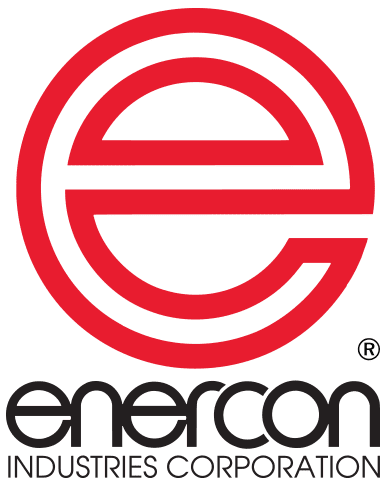Promote Textile Desizing & Dyeability with Atmospheric Plasma
Textile manufacturers and end-users have been searching for ways to improve the surface properties of natural and synthetic fibers while minimizing the impact on the environment. The process of promoting pigment and dye uptake on textiles materials can involve priming agents to meet requirements for use, such as fade resistance, permanence under repeated laundering and abrasion resistance.
Plasma surface treatment is being applied to textiles, filaments and yarns for the primary purposes of desizing, dye uptake, printing ink adhesion, and final finishing treatments such as softening, hydrophilization, easy-care and anti-shrinkage. Enercon’s Plasma3™ atmospheric plasma surface treatment envelops and cleans the fibers of woven and nonwoven structures to enhance their wettability, printability, dyeability and fiber capillarity (faster dye/ink uptake).
Atmospheric plasma technology creates a polar layer on the fiber surface, functionalizing the surface and increasing the hydrophilicity of the material. Textile manufacturers benefit from improved colorant adhesion, dyeing depth and colorfastness of textile webs, yarns and filaments.
Enercon’s Plasma3™ technology has also shown the ability to pre-sterilize various medical-grade textiles. As a physical surface effect, plasma pretreatment increases the surface roughness of fiber structures without damaging them, creating a “cleaning effect”. This treatment removes the contaminants near the surface of treated area without changing the bulk properties of the material. This process also causes the large majority of serious threat bacteria to be inactivated.
Enercon’s Plasma3™ is an in-line, dry and continuous surface treatment process for web application. Its treatment techniques provide a fast, efficient and eco-friendly sterilization effect on nonwoven/textile surfaces helping eliminate the use of wet sterilization chemistries.


